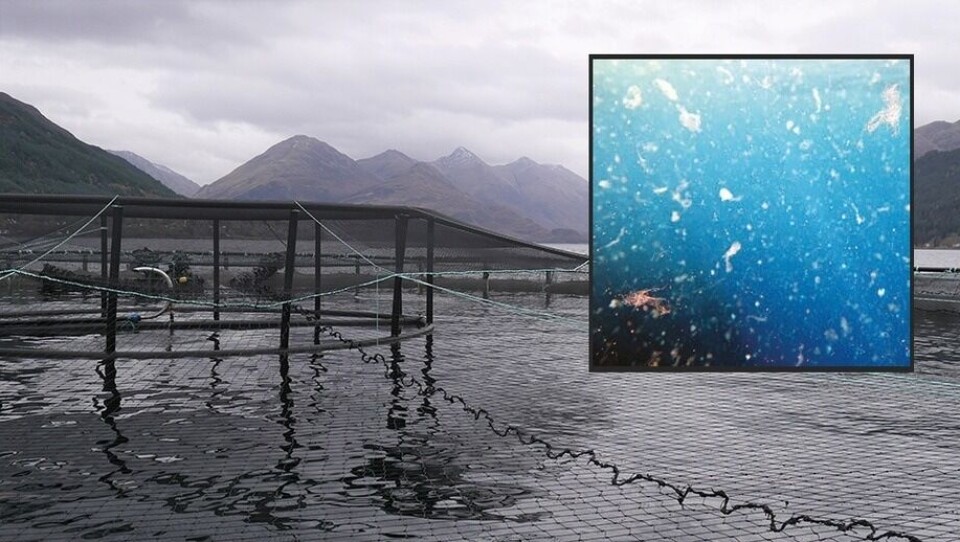
Microplastics may act as resistance gene reservoirs
Microplastics could act as a reservoir of antibiotic resistance genes, according to a study in which experts discovered that the bacterial diversity present in microplastics was greater than the bacterial diversity in the water of a recirculating aquaculture system (RAS) fish farm.
Microplastics have been detected both in living beings, and in several matrices that include fresh water, sea water, sediments, soils and ingredients such as salt and sugar.
Another type of emerging contaminant is the so-called antibiotic resistance genes, which have also been detected in various sources.
Potential vector
Microplastics have been considered as an important reservoir for antibiotic resistance genes in the marine environment, meaning that they can be a potential vector for the transmission and spread of these antibiotic resistance genes at sea.
From the starting point that microplastics have been detected frequently in marine areas where aquaculture is also carried out and that therefore could be an important deposit of antibiotic resistance genes, Chinese researchers conducted a study to determine the relationship between these two types of pollutants
The research took RAS fish farming as a study site for fish farming on the coast of Fujian Province, and collected samples of biofilter water, fish ponds and circulating water.
Antibiotic resistance
The scientists discovered that both the quantity and diversity of bacteria in the microplastics found in the aquaculture water were greater than the free bacterial community not associated with microplastics.
Likewise, among the antibiotic resistance genes identified are: tetG, qnrS, sul1, sul2 and ermF.
“The absolute abundance of the total of 10 antibiotic resistance genes identified in the water samples ranged from 3.24 × 10⁵ to 7.83 × 10⁵ copies / mL, while those identified in the microplastic samples were in the range of 1.59 × 10⁹ to 1.83 × 10⁹copies / g ”, the authors presented in their results.
Pollution control
With this information they pointed out that “the results suggest that microplastics could be an important reservoir of antibiotic resistance genes in RAS fish farms”.
They then concluded that “the results of this study will provide useful information on pollution control and management for microplastics and antibiotic resistance genes in coastal aquaculture systems”.
Read the abstract of the study entitled “Effects of microplastics on distribution of antibiotic resistance genes in recirculating aquaculture system” here .






















































